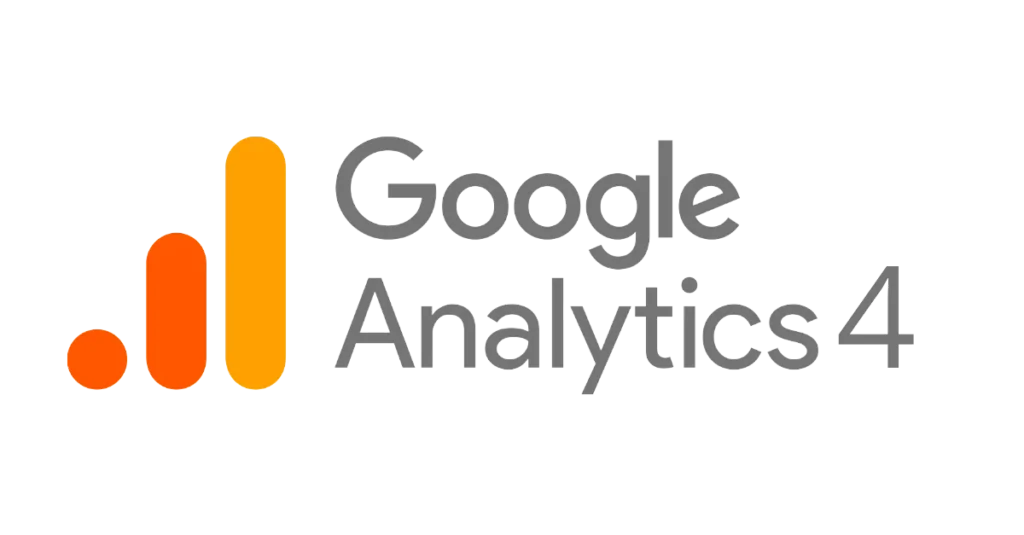GA4: What’s Changed?
With the announcement of Google Analytics 4 (GA4) in 2020, things changed. By July 1st, 2023, this new analytical toolkit will completely phase out Universal Analytics.

What is Google Analytics 4?
Google Analytics 4 is a new suite of analytic tools released by Google. Essentially, it’s an analytical service that allows traffic and activity to be tracked across websites and apps. Like the previous incarnation of Google analytics, the services provided by GA4 come with no fees attached.
Google Analytics 4 is the immediate future of analytics, as it addresses most of the shortcomings inherent to Universal Analytics.
What Changed From GAU to GA4?
The big difference is a focus on a single journey associated with a user ID. Universal Analytics did not incorporate the user ID into the analytics. Instead, it required a separate view. With GA4, the analysis and reporting are based on the unique user ID being used.
So, when it comes to insights from analytics, GA4 compiles them as a single set. It follows the journey of each user more closely than older analytical models ever could. This isn’t the only change, but it is the fundamental difference between the two analytics modules.
Benefits and Features of GA4 Over GAU
Some of the benefits may be obvious, but the depth of improvement stands out. This is why Google Analytics 4 was implemented and is already taking over.
So, when it comes to insights from analytics, GA4 compiles them as a single set. It follows the journey of each user more closely than older analytical models ever could. This isn’t the only change, but it is the fundamental difference between the two analytics modules.
1. Improved Tracking
A major change and benefit of GA4 is that it allows a complete customer journey to be tracked – without fragmentation caused by changing sessions or devices. It is a seamless journey. Instead of focusing on measurements that stand alone and are often out of context, the analytics presented are organized by users and their interactions.
This combination of website and app metrics means aggregation can be done more intelligently. This way, a customer can visit on a mobile device, then go home and jump on their home computer. The total journey can be tracked, and when they purchase in the app, it can all be brought together as a complete journey.
2. Tools Focused On User Engagement
Menu sections are now aligned with customer journeys. So, more information is collected more intuitively. A marketer or analyst can now utilize user-centric reporting.
Demographics and technology are combined under the User Tool. Whereas before, they were siphoned into Acquisition, Audience, Behavior, and Conversion menus, there is now a lifecycle section. This section is broken down into Acquisition, Engagement, Monetization, and Retention. It’s more logical, more useful, and more relevant.
All this comes together through Artificial Intelligence (AI) and Machine Learning (ML). They identify what a customer will do or purchase next.
3. Better Audience for Ad Campaigns
Robust integration of tools and measurements now means that an ad campaign can be targeted with greater efficiency. This helps increase ROAS and captures the target audience without as much overlap or redundancy. Check out our ROAS calculator at: searchhustle.com/return-on-ad-spend-calculator/
As long as web and app measurements are stitched together, a customer can now be followed through their experience. This means any site visits from the same customer using a different device can be tracked, and thus, ad-spend is reduced.
The inclusion of predictive metrics is also key to building a better audience. Reaching higher-value customers and predicting who will make a purchase (and when) is a game-changer. Google is expected to continue expanding on these new metrics in due course.
There is more at stake for the customer on a sales page. Any purchase, however small, requires a financial investment. In contrast, squeeze pages offer a low-risk, simple exchange, like an email address for a discount code.
Consequently, sales pages require more finesse to make them work. Pushing too hard can chase customers away, and not pushing at all could lead the customer to delay or think twice about their purchase decision. Even if the customer intends to come back and finish the transaction, there is always the chance they will forget or change their mind.
4. Privacy and Tracking
Future privacy laws will change what information can be gathered, but Google has already anticipated this. Google Analytics 4 gives direct control over what is and isn’t recorded. This precision means that individual events can be excluded from ad personalization.
Due to the fact that GA4 has a flexible approach to measurements, it can exist in a world where cookies are vanishing. In the future, modeling will fill the gap where information can’t be gathered.
5. Visualizations and Reporting
The user interface is unchanged and looks very similar. However, there are now more ways to visualize metrics and data. This opens up more options and templates for the user to engage with.
Charts and templates can be created and viewed within the Analysis Hub. Here, reports can be compiled with visual aids, such as funnel analysis and path analysis – among other options. The tools here help simplify analysis and represent a significant improvement over older versions.
6. Goals and Event Setup
GA4 allows marketers to go deep with goal-tracking and granular data. There’s no longer a need to understand coding to complete the implementation. Google has ensured that what was once complicated has become streamlined, intuitive, and accessible to a broader audience.
This is a great benefit to those using third-party programs for transactional data.
Several events and goals are set up from the start – without any need to input data or change parameters. Clicks, scroll behavior, and other behavioral data, including the first visit, are recorded automatically. Not everything is set up beforehand, but it is easier than ever to create due to its intuitive design.
7. Parameters
Bulk data and granular data are both required to make metrics effective and sensible. GA4 helps to maximize the benefit of having more data so that metrics deliver greater value to the marketing team.
GA4 is a rebuild of Universal Analytics with a myriad of new design features and benefits. It isn’t finished; updates are ongoing, and overhauls of the system are already on the horizon. To stay ahead of the curve, learn how to establish the given parameters before a full transition is made.

Ready to Take Your Search Hustle Further?



